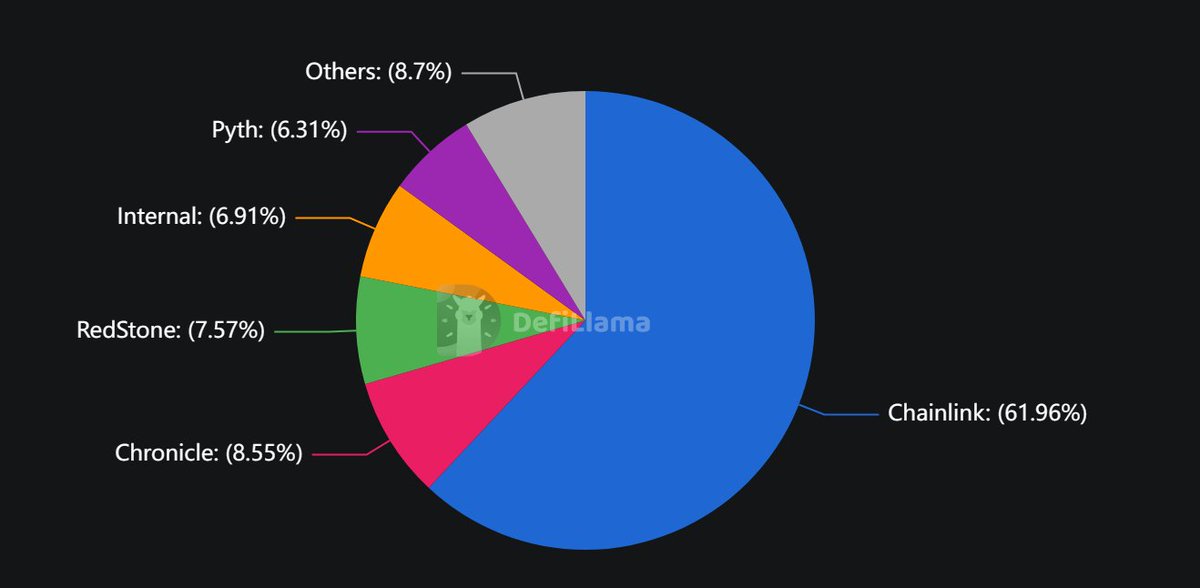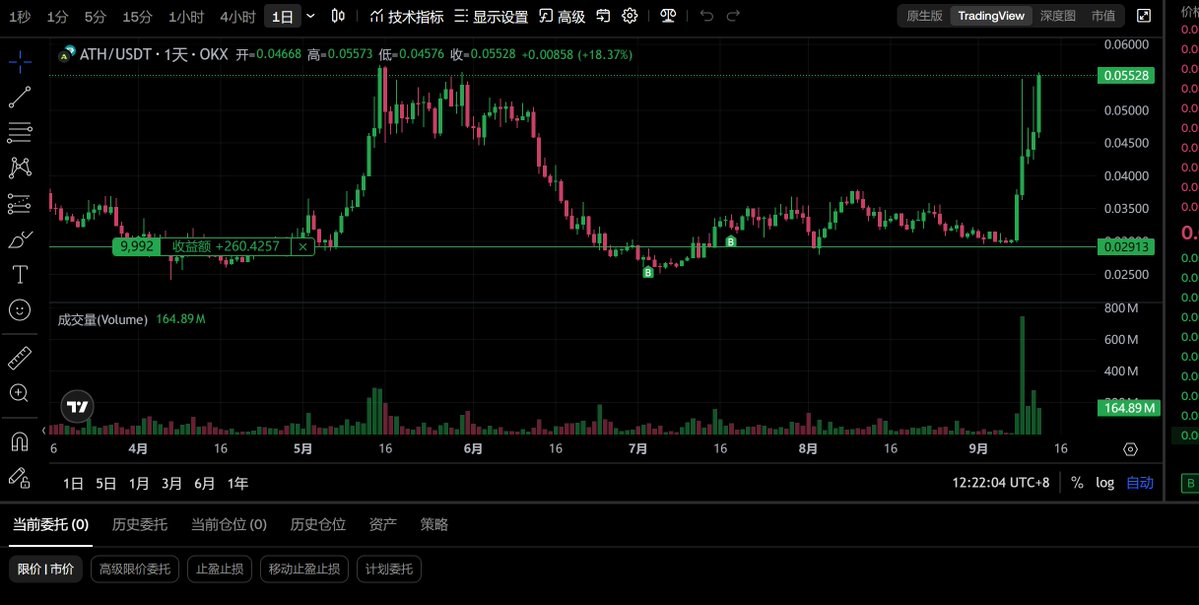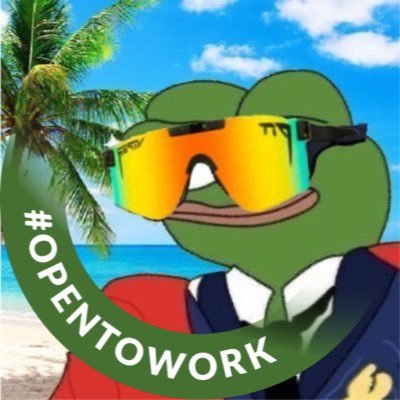Decentraland价格
(美元)

了解Decentraland
免责声明
请参阅我们的 使用条款 和 风险警告,了解更多详情。通过使用第三方网站(“第三方网站”),您同意对第三方网站的任何使用均受第三方网站条款的约束和管辖。除非书面明确说明,否则欧易及其关联方(“OKX”)与第三方网站的所有者或运营商没有任何关联。您同意欧易对您使用第三方网站而产生的任何损失、损害和任何其他后果不承担任何责任。请注意,使用第三方网站可能会导致您的资产损失或贬值。本产品可能无法在所有司法管辖区提供或适用。
Decentraland 的价格表现
Decentraland 社交媒体动态



快捷导航

Decentraland 常见问题
您可以在欧易交易所购买 MANA 代币。欧易交易所上线了MANA/USDT, MANA/USDC, MANA/BTC 等交易对。您也可以直接用法定货币直接购买 MANA 或者将您的数字货币兑换为 MANA。
在欧易交易所进行交易之前你需要先 创建交易账户。要用您喜欢的法币购买 MANA,请点击顶部导航栏“买币”下的“刷卡购买”。要交易MANA/USDT、MANA/USDC、MANA/BTC 或 MANA/ETH,点击“交易”下的“基础交易”。在同一个选项卡下,点击“闪兑”将加密转换为 MANA 代币。
或者,访问我们新的数字货币计算器功能。选择 MANA 代币和您期望转换的期望使用的法定法币,以查看大致的实时兑换价格。
深度了解Decentraland
Decentraland 是一个建立在以太坊区块链上的活生生的沉浸式 3D 元宇宙。Decentraland 的主要目标是提供一个完全去中心化的虚拟世界,用户可以在一个自主的宇宙中进行社交、学习和货币化各种追求。
Decentraland 原生数字货币 MANA,是 Decentraland 项目的去中心化经济的支柱。代币被用作主要的交换货币,使其对玩家有价值,并帮助支撑 MANA 价格。MANA 是一种 ERC-20 标准代币,用于购买角色化身和可穿戴设备 LAND NFT,也可用于在去中心化世界中支付其他商品和服务。
Decentraland 生态系统的另一个标志是 LAND。LAND 代币是一种 NFT(非同质化代币),代表玩家在去中心化和元世界中对区域的所有权。在去中心区,虚拟房地产的可能性只受到想象力的限制。有些玩家选择在他们的土地上建立 NFT 艺术画廊,而有些玩家则通过建立虚拟赌场来盈利他们的土地,在那里玩家可以赢得 MANA 数字货币。
Decentraland 的代币价格是由 Decentraland 和玩家的需求和增长驱动的。由于这个原因,MANA 的价格经常与其他游戏和元宇宙数字货币相关。
Decentraland 的运作方式
Decentraland 由以太坊区块链提供支持。换句话说,它利用以太坊的分布式和透明特性来驱动去中心化的元宇宙。这意味着用户拥有和管理虚拟世界及其所有加密资产。
此外,Decentraland 采用了多层架构,以确保虚拟空间的安全性、交互性和可组合性。具体而言,该平台由三个基础设施层组成,分别为:
- 共识层:该层创建并维护一个记录或分类账,其中注册了 LAND 代币所有权。该协议利用这一点来跟踪分权平台上虚拟房地产的所有权。
- 内容层:去中心化的第二层,控制每一块土地上的活动。这是通过启用分布式存储系统来实现的,存储在虚拟地块上渲染内容所需的文件。要在 Decentraland 上渲染一个对象,它的描述必须包括引用纹理、3D 网格和声音的内容文件。脚本入口点和点对点(P2P)交互的定义也是必需的文件。前者指的是建立 3D 对象的位置、交互、行为和移动所需的数据,而后者指的是启动 P2P 交互所需的适当服务器连接,如手势、位置、语音聊天和消息传递。
- 实时层:在最终的体系结构层上,建立分布式服务器连接以支持社交交互,包括用户对用户和用户对应用程序的交互。
在所有这些基础设施就绪之后,用户就可以在分权平台上创建虚拟角色,获得土地,并在上面进行建设。赌场、夜总会、博物馆、休息室和其他建筑都可以建在这些土地上。
在这些土地上构建应用程序或场景后,您可以控制其他用户与这些土地的交互方式。例如,当其他用户请求访问您在您的财产上提供的服务时,您可以收取一定的费用。如果建筑申请不是你的强项,你可以把你的土地出租,收取一定的费用。总的来说,你应该像管理实体财产一样管理你的数字土地。
Decentraland 提供了便捷的 Builder 工具,玩家从头构建数字应用程序的编码可能太难了。因此用户可以使用它在 Decentraland 上使用拖放系统创建应用程序和场景。
市场是去中心化生态系统的另一个重要组成部分,你可以在这里出售或购买土地、可穿戴设备、名称和其他游戏内资产。
MANA 价格和经济模型
根据 CoinMarketCap 的数据,MANA 代币的总供应量为 2,193,539,027 枚。目前大约有 18.6 亿枚 MANA 代币在流通中。
2017 年 8 月 18 日,Decentraland 团队举行了一次私募代币销售,筹集了 2,500 万美元的 ETH。MANA 代币从最初的供应中分发给了各方,分发方式如下:
- 私募投资者:40%
- Decentral 基金会:20%
- 程序开发小组:20%
- 社区预留:20%
数字货币 MANA 使用通货紧缩燃烧机制来维持稀缺性并支持去中心化和价格。当土地在去中心化和市场上以 MANA 进行交易时,会从交易中扣除 2.5% 的费用。这个费用将被销毁,能有效地从总 MANA 供应中移除。
截止目前,Decentraland 平台使用这种机制已经成功销毁了超过 6 亿枚的 MANA 代币,未来的销毁预计将进一步减少 MANA 供应。
创始人团队
Decentraland 最初由 Ariel Meilich 和 Esteban Ordano 在 2017 年底创建。Meilich 是一名经验丰富的企业家,曾创办过多种初创公司。他还曾在硅谷一家著名的风险投资基金 Charles River Ventures 担任分析师。
Ordano 拥有更多的技术背景,曾在 BitPay 等著名数字货币公司担任软件工程师。在创立 Decentraland 之前,Ordano 是 Matic 项目的顾问,并经营着自己的智能合约开发机构。
虽然两位创始人后来都相继退出了他们在 Decentraland 项目中的角色,但 Decentraland 项目的开发仍在继续。在区块链技术的真正精神下,项目的开发由自主的去中心化基金会监督。
多年来,Decentraland 一直将自己定位为加密领域的市场领导者,同时也在传统经济领域引起了轰动。这一点在该生态系统最近一系列令人印象深刻的合作中显而易见。例如,在 2021 年 12 月,Decentraland 与篮球巨星斯蒂芬·库里和运动时尚公司安德玛合作,安德玛生产了库里的签名鞋。同月,Decentraland 还宣布与奢侈品市场 UNXD 合作,举办一场元宇宙时装秀。
Decentraland 项目亮点
Decentraland 与主流合作伙伴关系取得了很大的成功。例如,巴巴多斯外交部宣布计划在多个元 verse 建立虚拟大使馆,包括 Decentraland。
此外,斯蒂芬·库里和安德玛在 2021 年 12 月与 Decentraland 合作。三星在 2022 年 1 月 6 日也效仿了这一做法,宣布计划在 Decentraland 纽约市建立一家数字版旗舰店。
同月 17 日,澳大利亚网球宣布与 Decentraland 达成关键合作关系,允许虚拟现实平台主办澳网的虚拟娱乐活动。最后,摩根大通(JP Morgan)在 Decentraland 上开设了一个休息室,一个月后,它成为第一家在元宇宙上推出产品的银行。
ESG 披露






